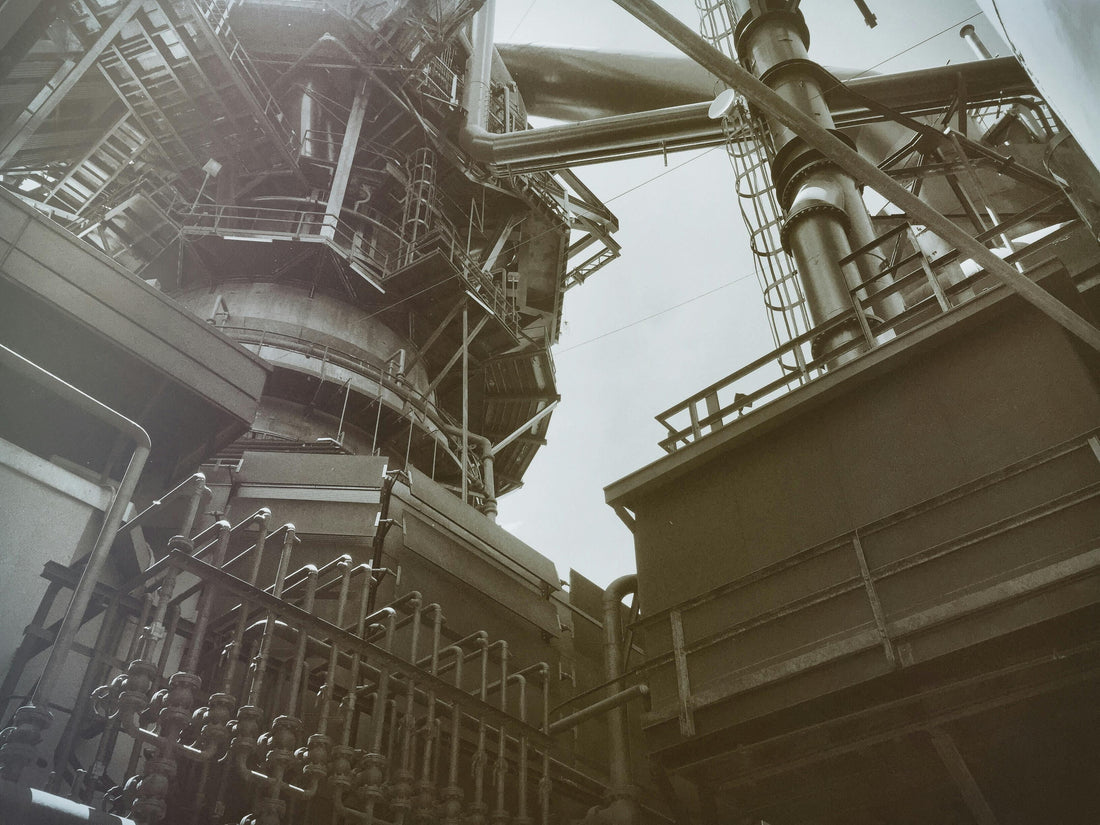
Cooling Systems in Laser Cleaners: Air-Cooled vs. Water-Cooled Explained
Share
When it comes to choosing the right laser cleaning machine, most people focus on power, pulse width, or application compatibility. But there's another critical component that directly impacts performance, lifespan, and efficiency: the cooling system.
In this blog, we’ll explain the differences between air-cooled and water-cooled laser cleaners, their pros and cons, and which cooling method is best suited for your cleaning needs.
Whether you’re using a portable SFX laser rust remover for light-duty work or a high-power industrial laser cleaning system for large surfaces, the right cooling system ensures optimal and reliable operation.
1. Why Cooling Matters in Laser Cleaning Machines
Laser cleaning involves high-energy beams that generate significant heat during operation. If this heat isn’t efficiently removed, it can lead to:
Reduced cleaning performance
Thermal damage to internal components
System shutdowns or overheating alarms
Shortened equipment lifespan
This is where cooling systems come in. Whether air-cooled or water-cooled, the goal is the same: maintain stable internal temperatures and ensure consistent, safe operation.
2. What Is an Air-Cooled Laser Cleaning Machine?
An air-cooled laser cleaner uses internal fans and radiators to dissipate heat. These systems pull in ambient air, pass it over heated components, and exhaust warm air to maintain internal stability.
✅ Pros of Air-Cooled Systems:
Compact and lightweight design
Easier to maintain (no water tank or coolant needed)
Ideal for portable laser cleaners and field use
Lower initial cost
❌ Limitations:
Less effective at managing heat in high-power systems
May struggle in hot or poorly ventilated environments
Not suitable for continuous heavy-duty industrial use
At SFX, our air-cooled models (like the SFX AGC-100W/200W) are popular for precision cleaning tasks, such as removing rust, oil, or paint from delicate surfaces or small components.
3. What Is a Water-Cooled Laser Cleaning Machine?
A water-cooled laser cleaning machine uses a built-in or external chiller system that circulates coolant through the laser source and optics, transferring heat to a separate cooling unit.
✅ Pros of Water-Cooled Systems:
Superior cooling efficiency for high-power lasers (≥1000W)
Maintains stable operation during long cleaning sessions
Supports continuous laser rust removal in demanding environments
Ideal for factory use, shipyards, and railway maintenance
❌ Limitations:
Larger and heavier than air-cooled units
Requires more setup (water tank, coolant monitoring)
Slightly higher maintenance
SFX’s high-power BLC series laser cleaners (1500W/2000W/3000W) are equipped with advanced water-cooled systems—ensuring reliable performance even in 24/7 industrial applications.
4. How to Choose: Air-Cooled vs. Water-Cooled?
Here’s a quick guide based on your application:
Cleaning Scenario Recommended -Cooling Type
Light rust removal on small parts -Air-cooled
Portable field operations -Air-cooled
Heavy-duty industrial surface cleaning -Water-cooled
Long continuous cleaning sessions -Water-cooled
High-temperature working environments -Water-cooled
If portability and simplicity matter most, go with an air-cooled unit. If you’re running long shifts in demanding conditions, a water-cooled SFX system is the better choice.
Final Thoughts
The cooling system in your laser cleaning machine plays a vital role in determining its cleaning speed, reliability, and long-term performance. Understanding the differences between air-cooled and water-cooled laser cleaners will help you choose the right equipment for your needs.
At SFX, we offer both cooling options across a full range of laser power levels—from compact pulsed units to high-power continuous laser rust removers. Whether you're working in a lab or a shipyard, we have a laser cleaning solution built for your environment.
Explore our full line of SFX laser cleaning machines or contact our team to find the best-fit system for your business.
